How fungi will give form to the future of food: A conversation with Ecovative’s Eben Bayer
How fungi will give form to the future of food: A conversation with Ecovative’s Eben Bayer
Nature has held our delicate global ecosystem in the balance for millennia, so it’s no surprise that scientists and entrepreneurs consistently look to nature for answers to one of humankind’s most difficult challenges: how to build a sustainable future. Fungi -- the group of organisms associated with mushrooms -- have a successful niche as nature’s ultimate recyclers, breaking down dead materials and making their nutrients available for new life. But what if fungi could also be the builders of a new era?Myco-materials—materials created from mycelia, the root-like parts of fungi—are gaining attention as a sustainable alternative for a wide range of materials. They are strong, flexible, heat resistant, non-toxic, and highly insulating. Currently, they are being used as insulation, sustainable packaging, foam inserts, and even eco “leather.” But this is just the beginning. Fungi grow rapidly and can be coaxed into any number of shapes, textures, or densities. In fact, mycelium bricks are pound-for-pound stronger than concrete. The potential for myco-materials seems almost limitless.SynBioBeta recently spoke with Eben Bayer, co-founder and CEO of Ecovative Design, a leader in the myco-materials space. He discussed Ecovative’s new venture into sustainable foods as well as how myco-materials could play a role in space-travel.
Ecovative’s work spans a number of industries. Where do you see the most growth or the most interest for mycelial materials?
I see the most interest, growth, and potential impact in the food sector. There's a lot of excitement around ground beef, from Impossible to Beyond , and all these other entrants into the space that are making different types of ground, plant-based meat. If you look at the meat market though, about 90% of the dollar value is in the whole cuts of meat, like a whole cut of fish or a whole cut of steak. There's no great way to get the structure of that using plant-based ingredients today. That's effectively what mycelium is solving in that sector—being the structure behind a whole new kind of plant-based meat. We see a ton of opportunity there and a ton of interest.
You’re essentially working to build the internal structure of a flank steak?
Yes, that’s absolutely the goal. If you look at all the other biotech processes, they all work in liquid fermentation processes. At the end, you get a powder that you then need to assemble. Mycelium actually grows fully formed 3D structures. You can align the fibers that make up mycelium in the same orientation of meat fiber and suddenly you're getting darn close to something in the same economic envelope with good nutritional profiles. Also, humans have been eating mushrooms for a long time. So, there's evidence of people eating the material.
Is Ecovative currently partnering with someone in the plant-based meat space?
We intend to. Our business model is to partner with a sector expert. We haven't announced a partner yet. Right now, we are developing the scaffolds. We have a chef here and we’ve been cooking up bacon every week. We're focused on getting some really great product prototypes we can share with the world first.

Bacon represents just one of the many guilty pleasures of environmentally conscious meat-eaters. But we may soon have delicious and sustainable alternatives from mycelium and plants. Photo by Casey DeViese on Unsplash
What else is Ecovative currently working on?
we're using mycelium as an organism to grow structured materials. We're using it to synthesize small molecules like folks do with bacteria and yeast. But we’re also using the properties of mycelium self-assembly to organize those small molecules into macro-sized structures that can be the size of a plant-based steak all the way up to giant buildings or towers.We’re also focusing on helping to displace and replace the plastic used in the cosmetics industry, especially around things like applicators and face masks where you need a carrier, which is typically on a disposable plastic.
You also have an interest in mycelial applications for space travel, is that correct?
My interest is predominantly around creating sustainable technologies for spaceship Earth because it's the current spaceship we're all on. I'm very interested in interplanetary species and getting to Mars is how we do that. I think there are some very clear overlaps. As you create technologies for living sustainably on Earth, you create the same technologies you need for living sustainably on another planet. We've worked with Lynn Rothschild's group on supporting some of those explorations. I think fungi are really great candidates for biotech in space.
So, there’s a potential place for mycelium-structured meat in space travel?
Yeah, that's true. With fungi, if you have a carbon source and your inoculum you can pretty much grow anywhere if you're in the right temperature routine.
There’s a lot of other potential for mycelium in space, including possibly engineering it to protect against radiation.
I think protecting against and potentially even photosynthesizing radiation are very interesting pathways. There have been reports of fungi living in Chernobyl that were found to have melanin-like compounds. It appears that they weren't photosynthesizing visible light, but actually radiation. So, that's what's always intrigued me from the space journey side of things. Not just providing radiation resistance, but, by virtue of being bombarded by radiation, can that material continue to grow and self-assemble? That would be really powerful as it relates to building buildings on Earth and self-repairing, self-assembling spaceships.
Do you have other projects that could apply to space travel?
The other work we're doing that's really applicable to building in space is with DARPA under the $10 million Engineered Living Materials program. The grant is to develop engineered living microbes that we combine with our mycelium materials to provide them with new properties. Those are meant to both make the material more resilient, give it new functions, and should also help extend its capital range. And as part of that program, we're developing different methods of forming the mycelium at scale. This includes foldout out origami-like structures that you can ship flat as well as like inflatable structures where the material can form in between membranes. Those are some of the other enabling technologies I think you could really imagine deploying on Mars.
What kinds of applications could these folding or inflatable structures have, either on Mars or here on Earth?
The uses are considered for rapidly deployable housing and humanitarian relief structures using, ideally, locally produced substrates to "grow" the permanent structure of the buildings.Future extensions look to keeping the mycelium based building materials "alive" in a form of stasis so they can potentially sense and respond to the environment. This could be alerting the user to a toxin in the environment (and potentially making an antidote) or repairing structural damage. This is much closer to application right now.Interest and investment in myco-materials is growing rapidly. Join us to hear more at SynBioBeta 2019 where Eben Bayer will be speaking during our Chemicals and Materials Main Stage discussion.



.svg)






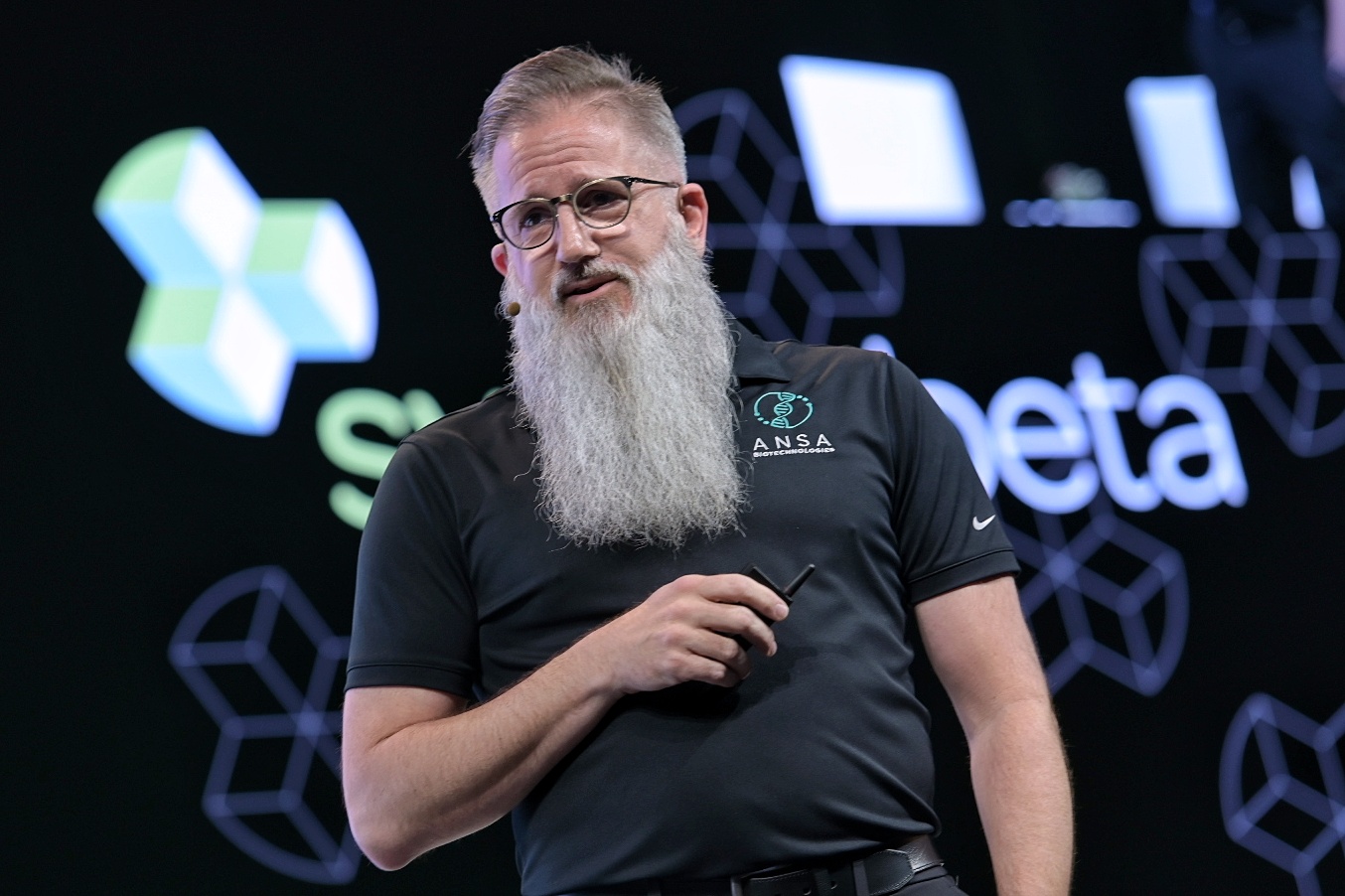
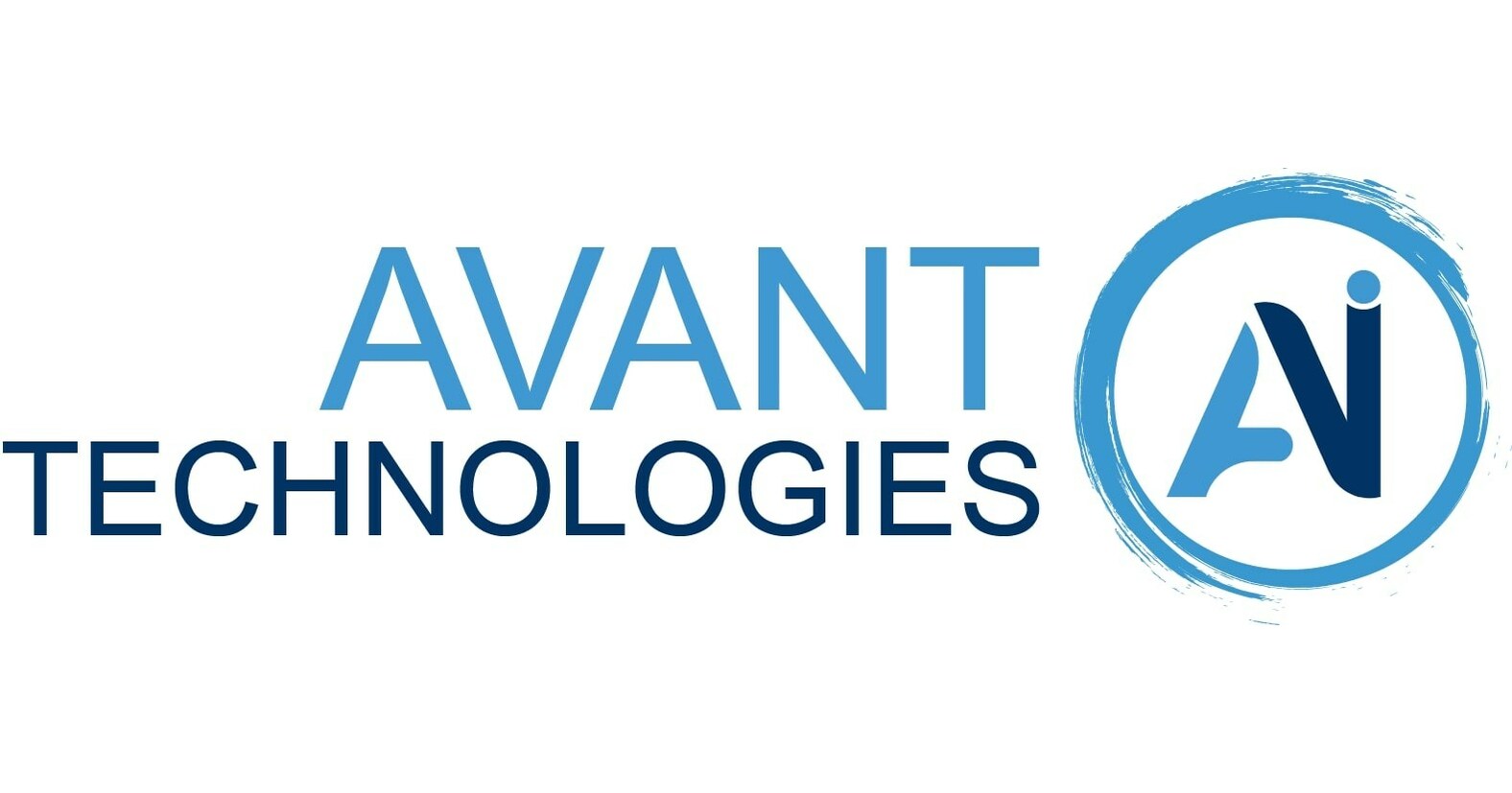
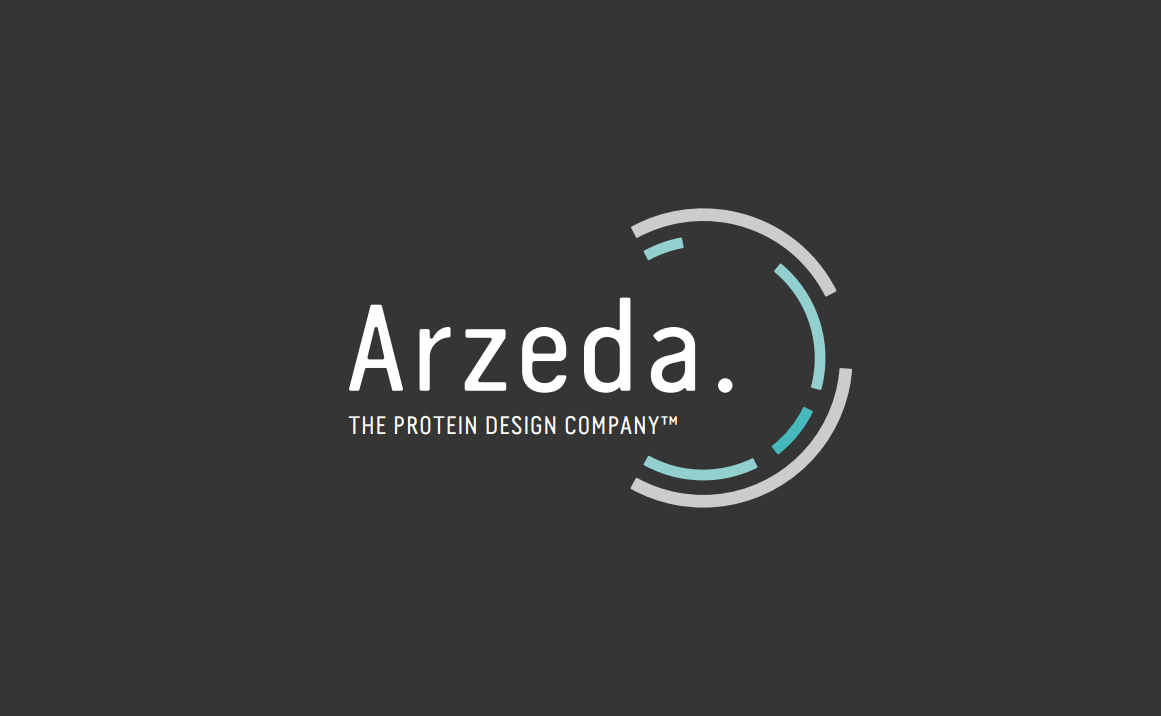
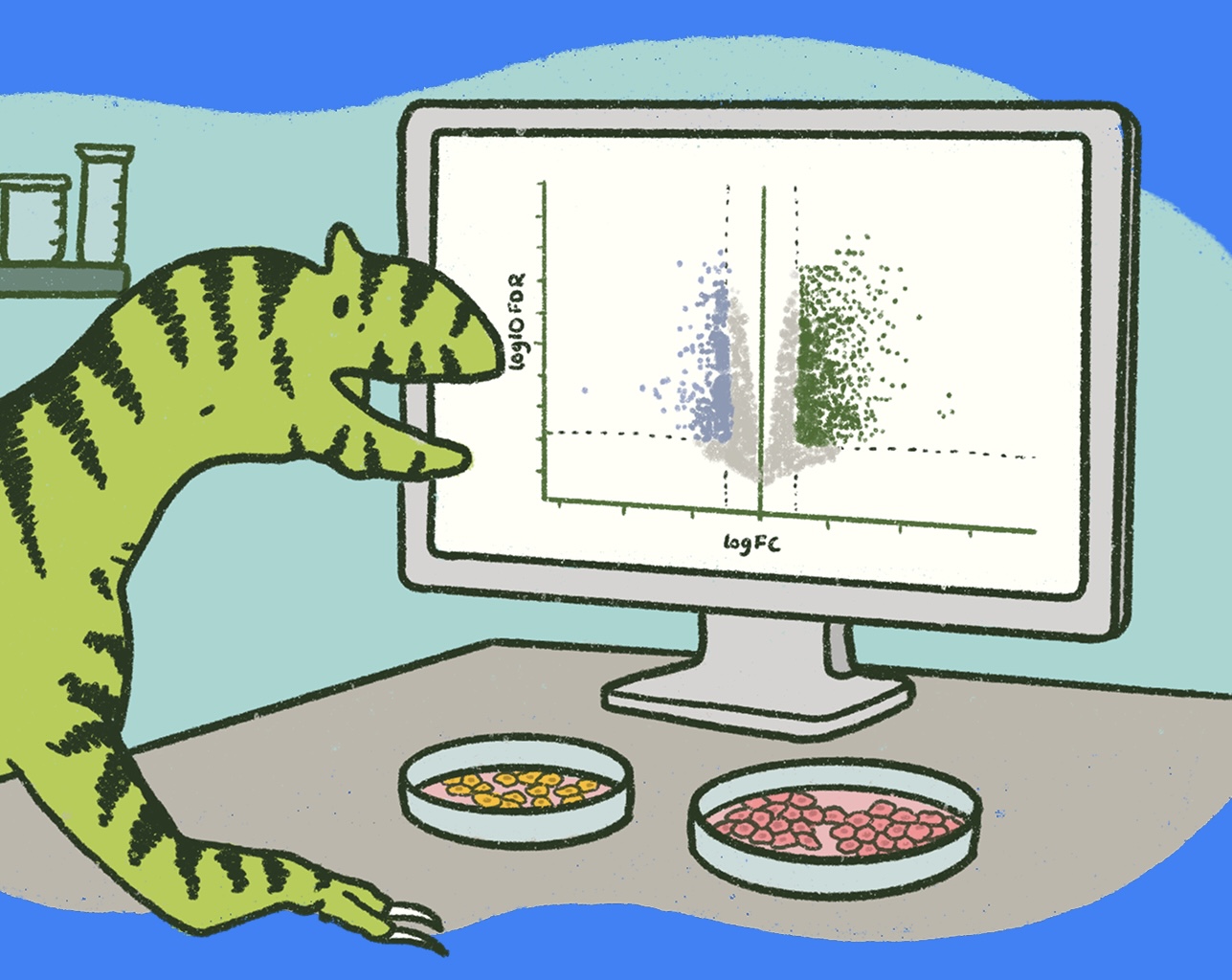
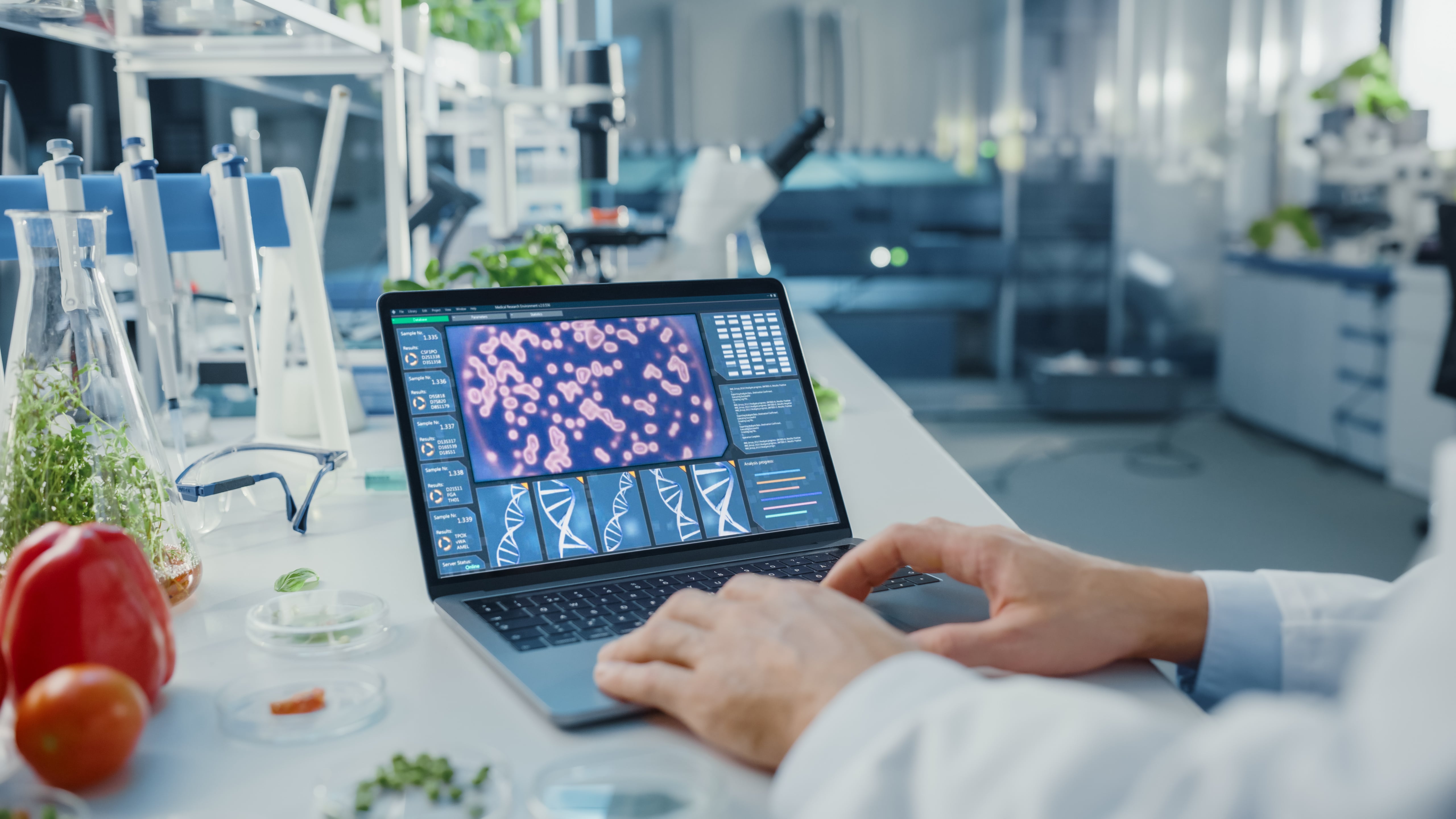
-min.png)
.gif)